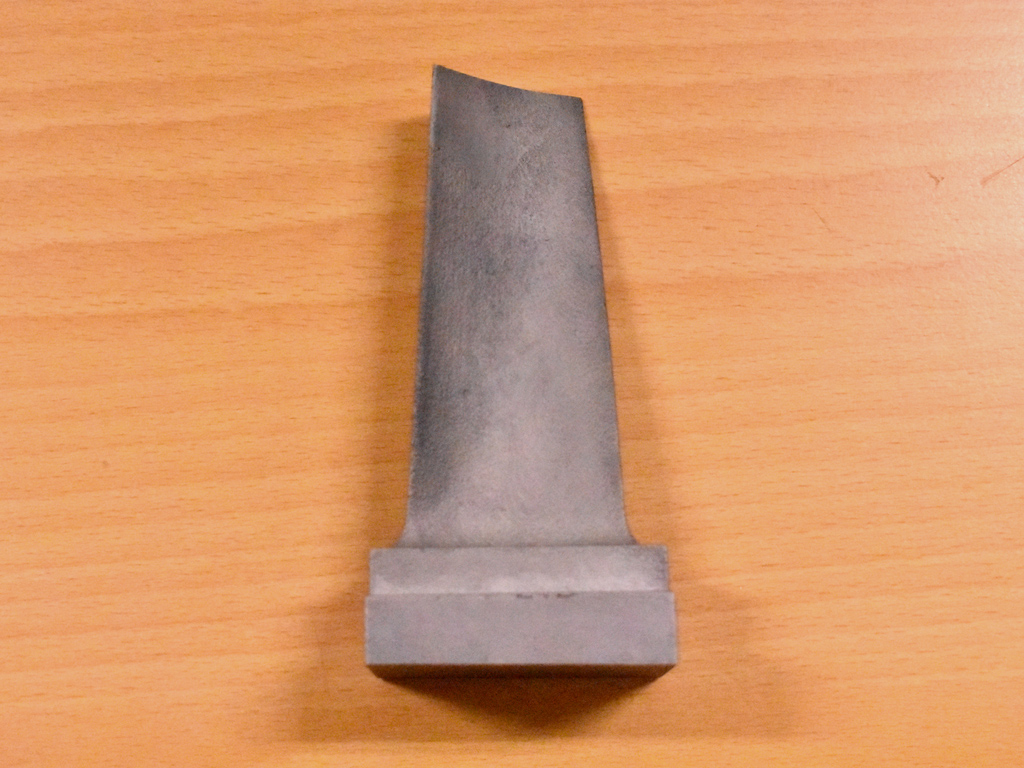| Technical Name | High Entropy Superalloys | ||
|---|---|---|---|
| Project Operator | National Tsing Hua University | ||
| Project Host | 葉安洲 | ||
| Summary | The trend of energy saving and CO2 reduction has made those heavy and expensive Ni-based superalloys out-of-date, the current development trend is to improve the cost-performance of superalloys, however, their compositions are constrained by the Ni-based system. The idea of High Entropy Alloy (HEA) is originated in Taiwan, this idea utilizes the concept of alloy design by multi-principle elements. In this project, we use high entropy FCC matrix and medium entropy L12 precipitates as the template to design high temperature structural materials. This class of materials is named the High Entropy Superalloy (HESA); the HESA composition can promote the formation of hierarchical microstructure for strengthening purpose, making HESA stronger, lighter, cheaper and more ductile than conventional superalloys. We have already obtained two R.O.C. patents and one USA patent for HESA. Potential applications include unmanned flight vehicle, micro-gas turbine, automobile turbo…etc. |
||
| Scientific Breakthrough | The concept of HEA has allowed the exploitation of large composition space to design new alloys to outperform those of traditional alloys. There are already some examples, CoCrFeMnNi single phase alloy can possess an excellent combination of strength and ductility at cryogenic temperature. And, many intermetallics-bearing HEAs possess excellent hardness and wear resistance, however, they can also be brittle. In this project, we use high entropy FCC matrix and medium entropy L12 precipitates as the template to design high temperature structural materials in order to obtain sufficient ductility. This class of materials is named the High Entropy Superalloy (HESA); the configurational entropy is above 1.5 R, density is around 7.96 g/cm3, cost can be 84 % lower than that of CMSX-4. |
||
| Industrial Applicability | Potential applications for HESA include high temperature components in unmanned flight vehicle, micro-gas turbine, automobile turbo…etc. Post coronavirus pandemic, countries are setting up barriers for export and import trade, we should develop our own materials technology to ensure less reliance on imported materials such as Ni-based superalloys. |
||
| Keyword | High entropy alloys High entropy superalloys Superalloys High temperature strength High temperature oxidation and corrosion gas turbine engine casting forging turbine blade turbine disc | ||
- yehac@mx.nthu.edu.tw
other people also saw







